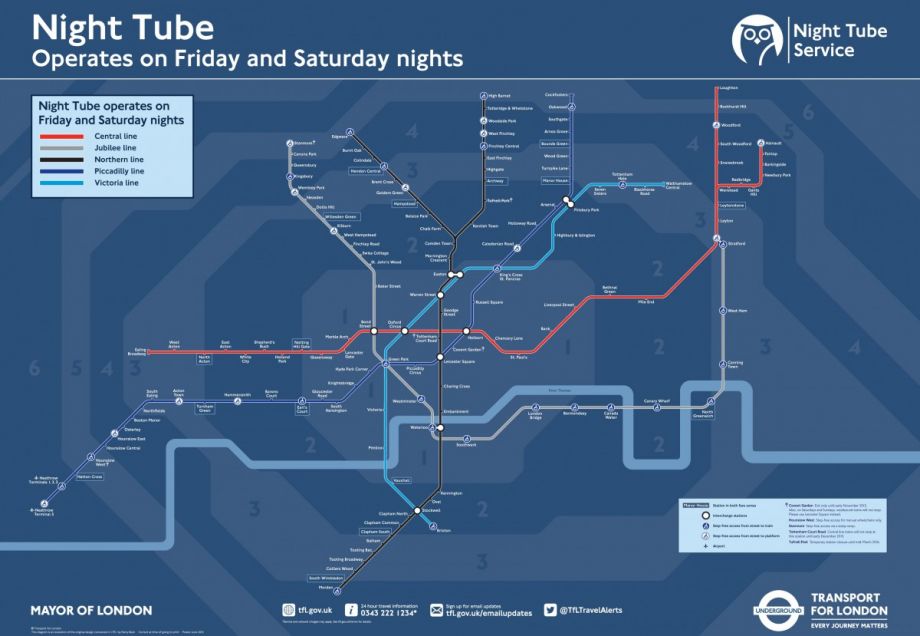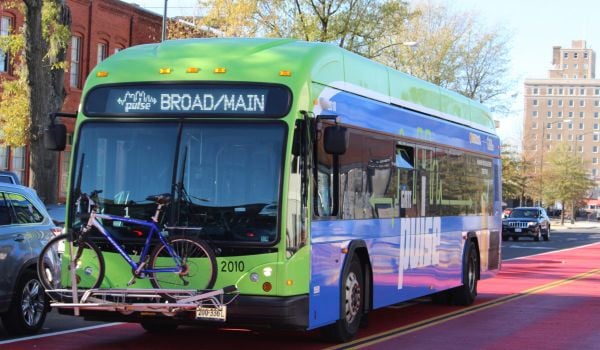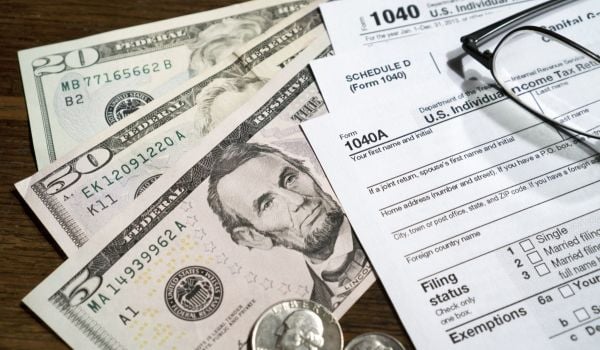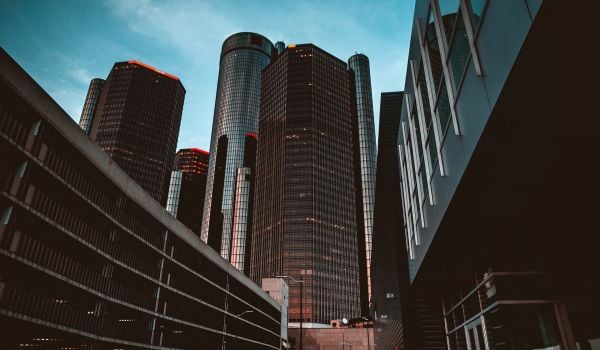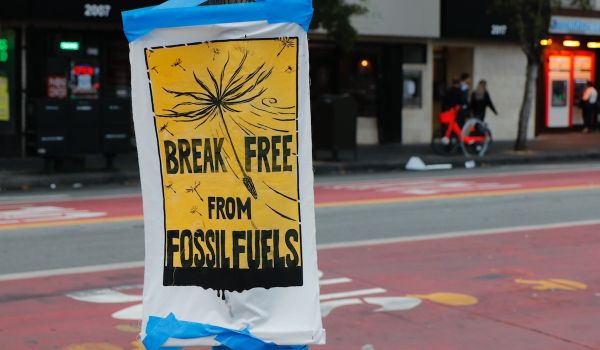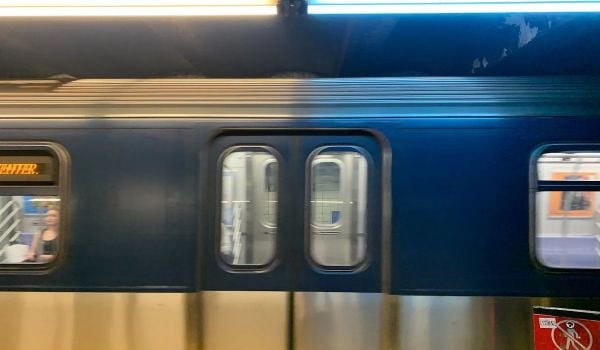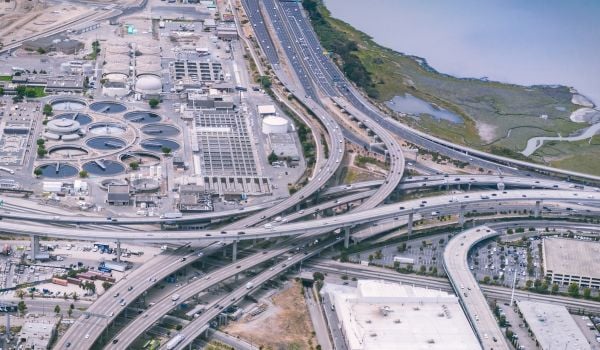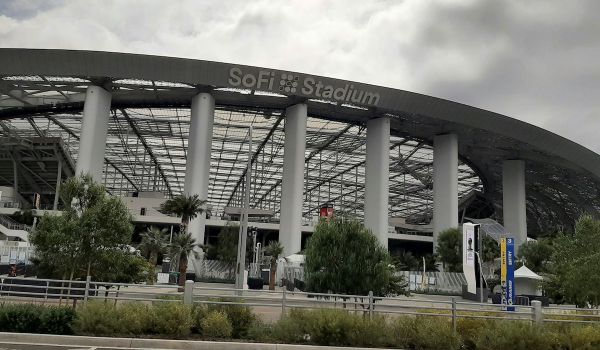Our weekly “New Starts” roundup of new and newsworthy transportation projects worldwide.
London Joins the 24/7 Subway Club
Earlier this year, Transport for London announced that England’s capital and largest metropolis would join the ranks of those cities where one can catch a subway train all night long.
This week, TfL released a map showing just where the new Night Tube service will run, starting September 12th.
From that day on, Londoners will enjoy all-night service on Friday and Saturday nights on all of the Jubilee and Victoria lines and large portions of the Central, Northern and Piccadilly lines, including service to all Heathrow Airport terminals except Terminal 4.
Trains will operate at 10-minute headways on the Jubilee, Piccadilly and Victoria lines. Northern Line trains will run every eight minutes south of Camden Town and every 15 minutes on the two northern branches that extend beyond Camden Town, and trains will run every 10 minutes from White City to Leytonstone and every 20 minutes beyond those two stations on the Central Line.
In its announcement, TfL noted that soaring demand for overnight service justified the expansion: Passenger counts on existing night-owl services have jumped 70 percent since 2000. The agency said it is able to offer this first wave of all-night service now because of an ongoing modernization program that has made the Tube more reliable. Travel times at night will be cut by anywhere from 20 minutes to an hour with the new Night Tube service.
TfL plans to expand Night Tube service to parts of the “surface” Underground lines (Metropolitan, District, Circle and Hammersmith, and City lines) once the modernization program is complete. In addition, overnight service could begin on the London Overground as soon as 2017 and the Docklands Light Railway by 2021.
Boston Transit Advocates Back Bigger BRT System
With work on an extension of Boston’s venerable Green Line light-rail route now under way, Boston transit and community advocates have turned their attention to the Silver Line, arguing that it should be expanded and upgraded to the true “gold standard” of bus rapid transit.
According to a news report in the Boston Globe, a panel of transit specialists and community activists convened by the Barr Foundation has identified several corridors that would benefit from high-quality bus rapid transit that could cut travel times nearly in half.
One of them, from Dudley Square in Roxbury to Downtown Boston, is the route of Boston’s original Silver Line, a BRT-lite route that replaced the former Orange Line elevated along Washington Street.
The “gold standard” the panel advocates incorporates features found on systems in Curitiba and Belo Horizonte in Brazil: off-board fare collection, all-weather covered shelters for waiting passengers, signal priority at intersections, centralized control to ensure even spacing of buses and level-platform, all-doors boarding.
“For a number of high-demand corridors, BRT could provide fast, comfortable, reliable service at lower cost than alternatives,” a report produced by the panel said. “Investment in BRT elsewhere in the United States has shown that on average, BRT can be seven times more affordable than light rail, per mile.”
A trip from Dudley Square to Downtown Crossing currently takes about 23 minutes. With “gold standard” BRT, the panel says that time could be cut to 12.5 minutes.
The panel named four other corridors that would benefit from true BRT: Dudley Square to Mattapan, Forest Hills to Readville, Harvard Square to Dudley Square, and Sullivan Square to Ruggles Square.
One challenge the city of Boston would face in implementing BRT in these corridors is the limited street space available in many of them. Balancing demands for parking and the need for dedicated lanes for the BRT would be tricky, said study group member Richard A. Dimino, executive director of A Better City, a nonprofit that coordinates businesses and other institutions on infrastructure projects.
Segments of today’s Silver Line that run in a subway tunnel provide some of the features of gold-standard BRT.
Vancouver Looking for Ways to Pay for Broadway Subway
Vancouver Mayor George Robertson appears determined to add a fourth SkyTrain line to the city’s transit mix, this time underground along Broadway, according to a story in the Globe and Mail.
As prospects for a half-cent transportation tax hike look iffy at best, Robertson told reporters last Wednesday, “We’re working on Plan B now in the event there is a negative outcome.” (Voting on the hike actually closed on May 29th, but ballots are still being counted because Elections BC has fewer staff than it would for a regular provincial election. Results are expected later this month.)
The proposal would build a subway from Commercial Drive under Broadway to Arbutus, offering connections to downtown via a transfer with the existing SkyTrain Expo and Millennium lines at the Commercial-Broadway station. Rapid bus service would extend from Arbutus to the University of British Columbia. The subway’s projected cost is C$3 billion ($2.4 billion U.S.)
According to Vision Vancouver, a group that backs the tax hike, the Broadway corridor is the busiest bus corridor in North America, and the street is British Columbia’s second-biggest jobs hub.
Robertson is not the only Vancouver-area elected official who has promised to pursue a “Plan B” to fund rail transit expansion should the tax increase be rejected. Surrey Mayor Linda Hepner has also promised that a light-rail line she supports would be running by the 2018 municipal election regardless of the outcome.
Neither Robertson nor Hepner have furnished details about what revenue sources would be tapped to pay for the rail lines. Hepner has said that turning to Plan B would cost more than relying on tax funds though.
Know of a project that should be featured in this column? Tweet a link to details of the project to @MarketStEl using the hashtag #newstarts.
The Works is made possible with the support of the Surdna Foundation.

Next City contributor Sandy Smith is the home and real estate editor at Philadelphia magazine. Over the years, his work has appeared in Hidden City Philadelphia, the Philadelphia Inquirer and other local and regional publications. His interest in cities stretches back to his youth in Kansas City, and his career in journalism and media relations extends back that far as well.
Follow Sandy .(JavaScript must be enabled to view this email address)



